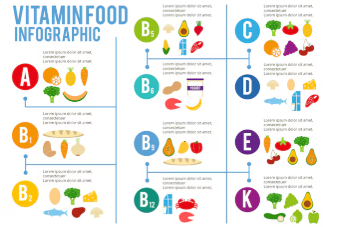Blood draws can be difficult to achieve for several reasons including rolling veins, deep veins, small veins, dehydration, constricted vessels, and even an inexperienced drawing technician. As a patient, blood draws are important because they allow testing of the sample to determine what is making you sick. In case blood draws are difficult, there are various aspects you can consider to increase drawing accuracy. This article examines 4 tips that will increase your blood drawing accuracy in case you are experiencing a “difficult stick.”
1. Experienced Technician
Phlebotomist’s experience is very important when it comes to blood drawing. What most people don’t realize is the fact that a blood draw is an art that only those with the training and experience can perform. Every individual’s blood vessels are different, and this is something you learn from phlebotomy training. The veins may be smaller or bigger, shallower or deeper, and stationary or rolling. For that reason, working with experienced phlebotomists increases blood draw accuracy because they are aware of what to do to make the process a success. In case you are uncomfortable with the person conducting a blood draw, do not hesitate to request someone who is more experienced.
2. Hydration
Hydration is an effective way to increase your blood drawing accuracy. The veins contain some fluid, so if you happen not to have drank a lot of water on the day of the draw, it could be rather difficult to locate the blood vessels. Furthermore, if the blood veins do not have enough liquid, they are likely to collapse during needle insertion. The solution to this problem is to simply drink plenty of water before a blood draw can be done.
3. Constricted Veins
Dehydration and vein collapse can lead to constricted vessels, although these can also be a result of what you drink. Squeezing of the vessel is what leads to constriction, and the outcome of this is usually a small diameter. Caffeine is one of the causes of constricted veins. If you happen to have hydrated yourself with a few cups of coffee before a blood draw, the caffeine consumed will likely constrict your veins making it difficult to draw blood. Apart from coffee, caffeine is also available in energy drinks and sodas, and their effect on your vessels is similar to that of coffee.
4. Deep and Rolling Veins
If the phlebotomist once mentioned to you that you have small or rolling veins, the next thing you need to do when you go for another blood draw is to inform the phlebotomist of your situation before they can begin drawing blood. This allows them to leverage possible avenues to ensure a successful blood draw is done.
Final Word
Always remember that blood draws are a simple process especially if done by an experienced phlebotomist. However, if you happen to experience difficulties during the blood draw process, you can consider the above pointers for assistance. Also, remember to speak to your phlebotomist about your small, deep, or rolling veins so they can devise effective approaches to increase blood drawing accuracy.






